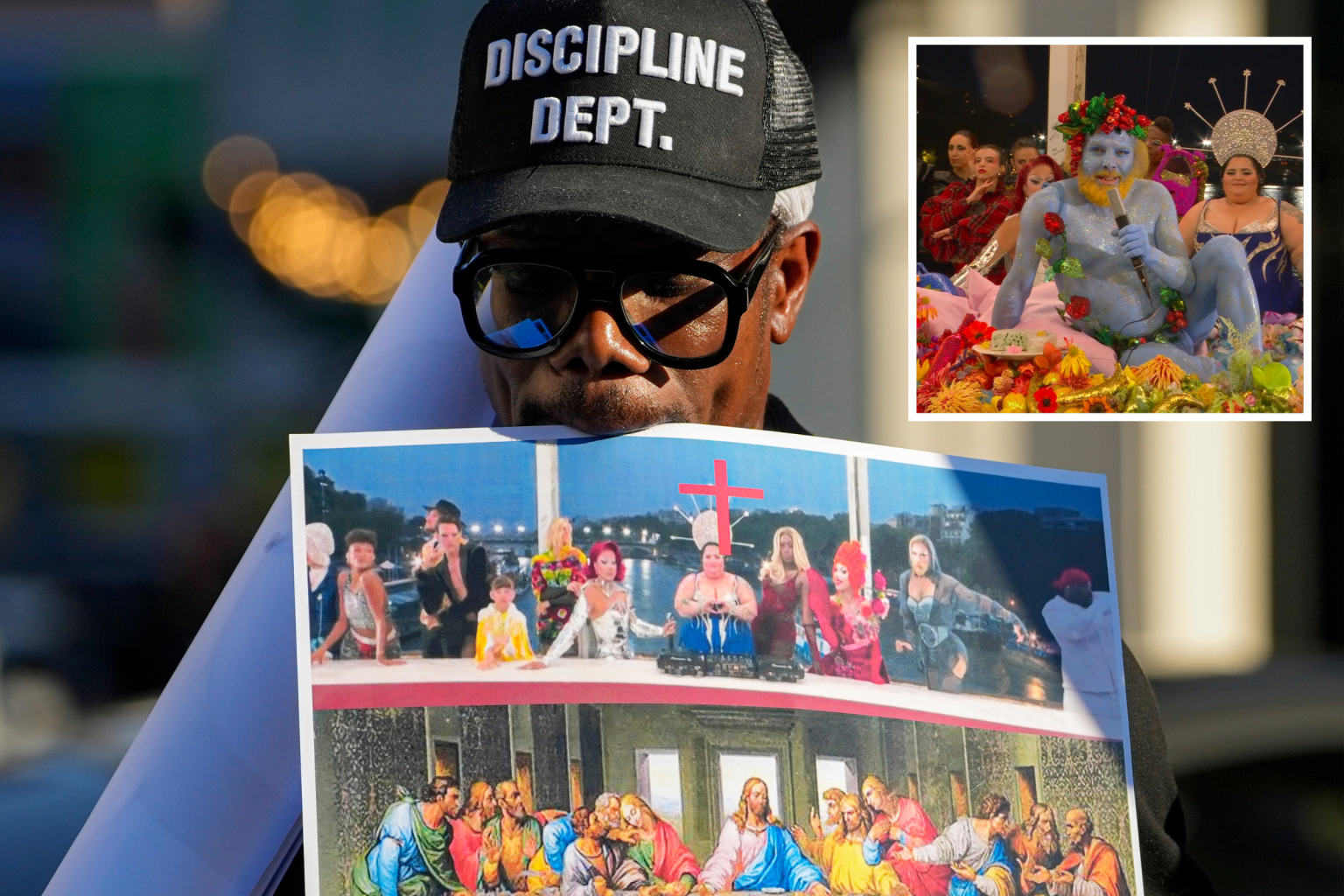Religious leaders continue to condemn the 2024 Paris Olympics Opening Ceremony, particularly a scene that many viewers interpreted as a reference to The Last Supper. This scene featured drag queens surrounding French DJ Barbra Bush at a long table, sparking criticism from conservative Christians who found it offensive and disrespectful to Christian values. Bush received online abuse following the event and has since filed a legal complaint. However, the official Olympics account defended the scene, claiming it was an interpretation of the Greek God Dionysus meant to highlight the absurdity of violence between humans.
Supreme leader of Iran, Ayatollah Ali Khamenei, condemned the act as an insult against Jesus Christ, emphasizing the importance of respect for religious figures like Jesus. Turkish President Recep Tayyip Erdogan also criticized the ceremony, planning to discuss the perceived immorality with Pope Francis. Al-Azhar, the top institution of the Sunni branch of Islam in Egypt, expressed outrage over the portrayal of Jesus in the ceremony, citing the Quran’s reverence for Jesus. The Muslim Council of Elders similarly denounced the lack of respect for religious beliefs and sacred figures displayed in the ceremony.
Following the backlash, a spokesperson for the Paris Olympics defended the ceremony, stating that the display was not intended to be offensive and was meant to celebrate community tolerance. The artistic director of the ceremony, Thomas Jolly, clarified that the intention was to convey a message of love and inclusion rather than division, expressing regret if anyone found the scene offensive. Despite the controversy surrounding the scene, Jolly emphasized that the goal was not to be subversive, mock, or shock, but to promote unity and acceptance.
Overall, the Paris Olympics Opening Ceremony scene involving drag queens and a reference to The Last Supper has sparked widespread condemnation from religious leaders, particularly those within the Christian and Muslim communities. While some viewers found the scene offensive and disrespectful to religious beliefs, others defended it as a message of tolerance and inclusion. The varying interpretations of the scene highlight the complex relationship between art, religion, and cultural sensitivity, prompting important conversations about the boundaries of artistic expression and the need for greater understanding and respect for diverse beliefs. As the controversy continues to unfold, it serves as a reminder of the power of art to provoke thought, challenge norms, and spark dialogue on important social and cultural issues.








